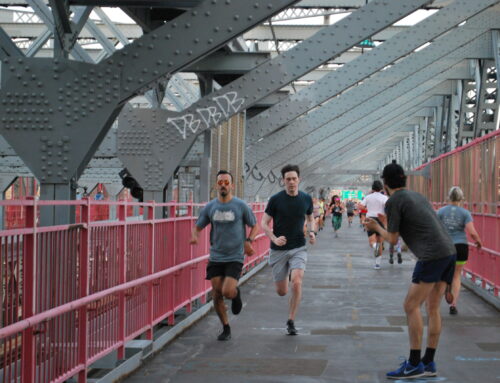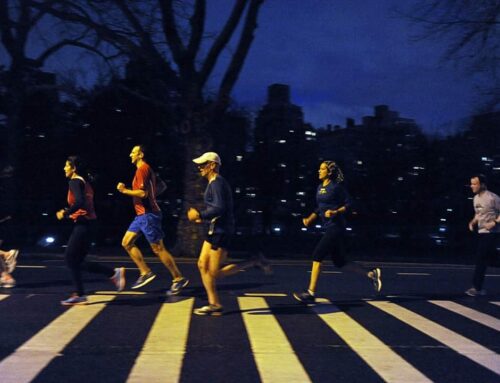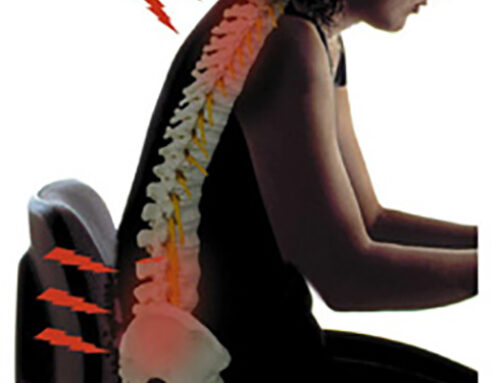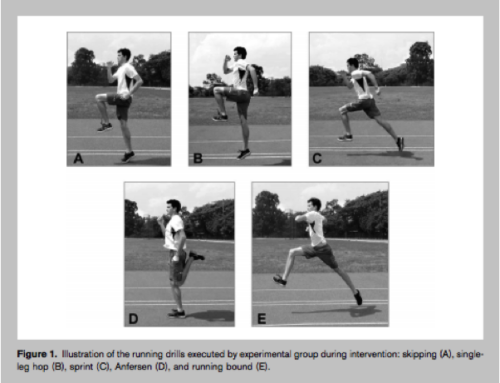Linking current research to running
By Nikki Reiter
It is believed that at the highest level of running performance, running economy is the most crucial factor dictating performance. So, who better than a homogenous sample of some of the best distance runners in the world to challenge this idea? An international team of researchers published an article in the January issue of Journal of Sports Sciences, investigating the relationship between running economy and running performance in elite Kenyan distance runners. [PubMed abstract]
Running economy (RE) describes the energy cost required for a given running speed, similar to a car’s fuel economy. It seems straightforward that the most efficient ‘machines’ will outperform the rest after a certain amount of time. Just like how a car’s fuel economy is dependent on the vehicle itself, runners can only maximize how they are built. Recent research has been investigating the role of the Achilles tendon stiffness and its ability to aid in the leg’s storage and release of elastic energy in running, in turn reducing energy costs. It is believed that Kenyan runners are largely affected by their tendon morphology and thin lower limbs. More specifically, the distance and angle at which the Achilles tendon attaches to the calcaneus – the moment arm as part of the body’s lever system – in the Kenyan population is an advantage for endurance performance.
Here’s how it went: 32 Kenyan runners at the top of the IAAF rankings underwent maximal aerobic testing (VO2max) and Achilles tendon moment arm measurements. RE was determined as the amount of oxygen used to run at a given speed (16 km/h). Running performance was measured as an IAAF performance score.
The result: The Achilles tendon moment arm was strongly related with RE, but RE was not associated with running performance in this group of runners studied. The authors suggest that in this study, RE can be compensated for by other factors such as VO2max to maintain high performance levels.
What does this mean? Despite our widely held beliefs that RE dictates performance, this was not found to be statistically true in this study. It appears that other factors, such as low body weight, long limbs and high VO2max can compensate for a reduced RE in this population.
A final comment. RE is only one of the many factors explaining elite running performance. While one of the advantages of elite Kenyan runners compared to others may be the ability to store and release more energy at take-off, there is also the possibility of improving this factor for any runner through the use of plyometric exercises as part of their training program.
—
Nikki Reiter is the Laboratory Coordinator in the School of Health and Exercise Sciences at the University of British Columbia Okanagan in Kelowna, BC, Canada. With a master’s degree in Biomechanics and as a trained exercise physiologist, she ensures students are taking the scientific approach to training through their lab experiences. Additionally, Nikki offers online gait analysis through Run Right Gait Analysis. Visit her website www.run-right.ca for more information.





Leave A Comment